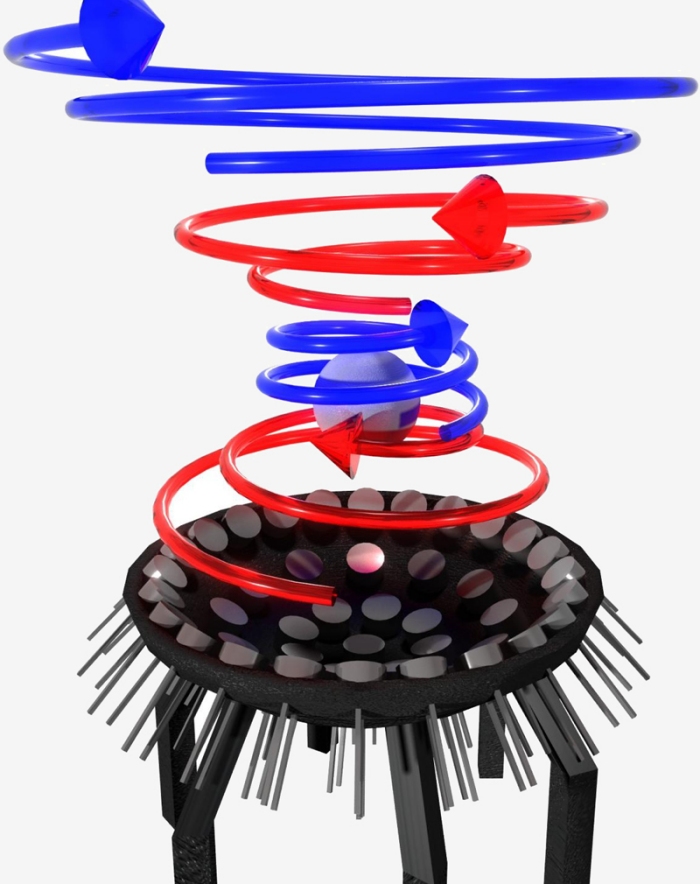Engineers from the University of Bristol have successfully demonstrated the ability to trap objects larger than the wavelength of sound in an acoustic tractor beam (in not-so-scientific terms, we're talking about levitation using sound waves).
The breakthrough could eventually lead to levitating humans although in the interim, we're likely to see the technology used to manipulate drug capsules or micro-surgical implements within the body and perhaps even used to assemble delicate objects as part of a contactless production line.
Researchers previously believed that tractor beams were limited to levitating small objects. Testing with objects larger than the wavelength of sound proved unsuccessful as they would spin uncontrollably.
Unlike magnetic levitation, acoustic tractor beams can grab most solids and liquids.

The new technique, however, uses rapidly fluctuating acoustic vortices. Described as tornadoes of sound, these twister-like structures can be fine-tuned to stabilize the tractor beam and allow it to hold larger objects. Using ultrasonic waves at a pitch of 40kHz (similar to the pitch that bats can hear), the research team was able to hold a two-centimeter polystyrene sphere in a tractor beam. That's more than two acoustic wavelengths in size and is the largest item yet to be trapped in a tractor beam.
Dr Mihai Caleap, the senior research associate who developed the simulations, said that with more acoustic power, it will be possible to hold even larger objects. Previously, this was only thought to be possible using lower pitches which would make the experiment audible and dangerous for humans.